How to Make Vegetables Taste Amazing: Practical Seasoning Guide
Struggling with bland vegetables? The secret isn't more salt—it's understanding how different seasonings interact with plant-based ingredients. This guide delivers 7 proven techniques that transform ordinary vegetables into extraordinary dishes using simple, accessible ingredients you already have.
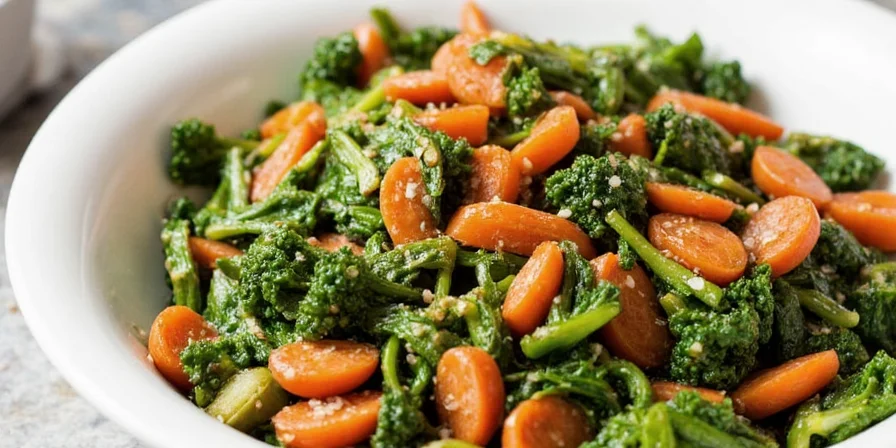
Forget complicated recipes—these practical methods work with any vegetable and require no special equipment. Whether you're new to plant-based cooking or looking to improve your skills, these techniques deliver restaurant-quality results at home.
Use the Right Salt at the Right Time
Salt enhances natural flavors but timing and type matter more than quantity. Add coarse salt early for root vegetables to draw out moisture, then finish with flaky sea salt for texture and burst-of-flavor effect.
Practical application: When roasting potatoes, toss with 1/4 tsp kosher salt before cooking, then sprinkle with flaky sea salt immediately after they come out of the oven.
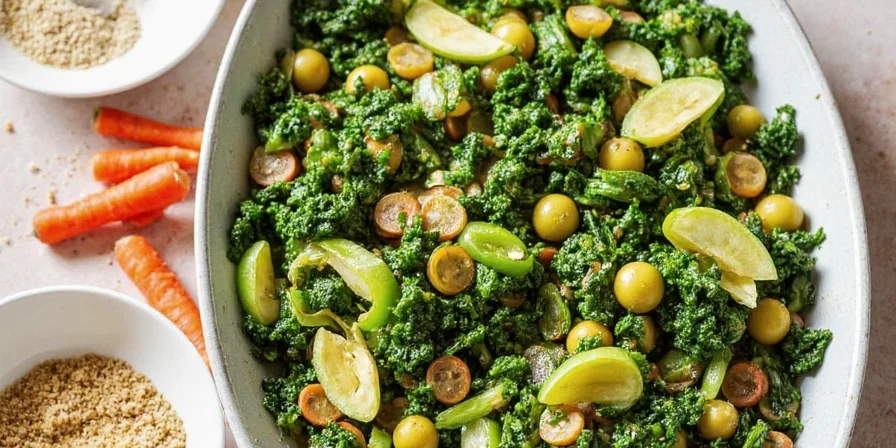
| Salt Type | Best Timing | Vegetable Pairings |
|---|---|---|
| Kosher salt | During cooking | Root vegetables, hearty greens |
| Sea salt flakes | After cooking | All roasted vegetables, salads |
| Smoked salt | During cooking | Eggplant, mushrooms, squash |
Boost Umami Naturally Without Meat
Umami—the savory fifth taste—makes vegetables taste more satisfying. You don't need meat to create it; common plant ingredients provide natural umami boosters.
Quick solution: Add 1 teaspoon of tomato paste when sautéing mushrooms—it caramelizes and creates natural glutamates that enhance overall savoriness.
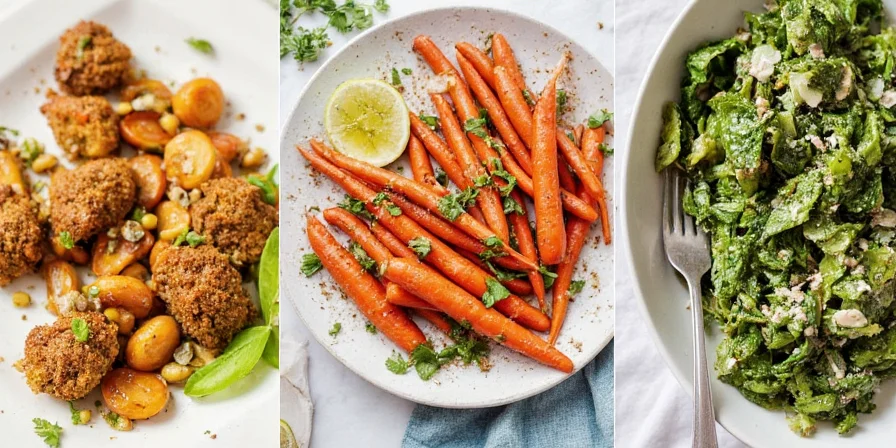
Fresh vs. Dried Herbs: When to Use Which
Understanding herb behavior prevents common seasoning mistakes. Dried herbs work better in long-cooked dishes while fresh herbs add brightness to finished dishes.
- Dried herbs shine in: Soups, stews, roasted vegetables (add early in cooking)
- Fresh herbs work best for: Salads, finished dishes, sauces (add in last 5 minutes)
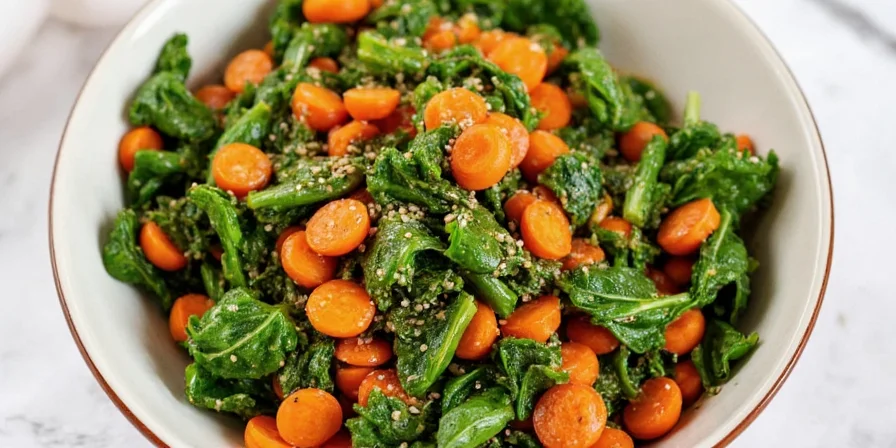
Perfect Flavor Pairings for Common Vegetables
Some combinations work better than others. These pairings create balanced flavors without overpowering the vegetable's natural taste.
- Sweet potatoes: Cumin + lime zest + smoked paprika
- Zucchini: Lemon zest + garlic + fresh mint
- Broccoli: Red pepper flakes + garlic + lemon juice
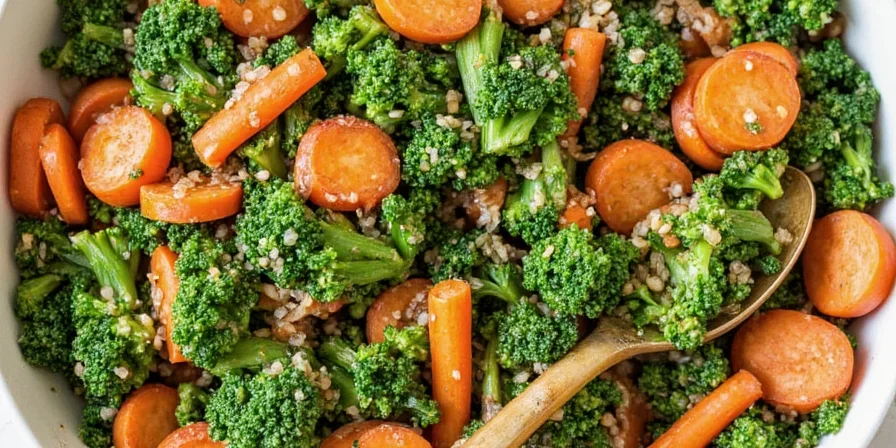
Toasting Spices for Better Flavor (The Right Way)
Toasting releases essential oils but burning ruins flavor. The key is dry heat and careful timing.
Step-by-step: Heat a small dry skillet over medium-low heat. Add whole spices (cumin, coriander) and shake frequently for 60-90 seconds until fragrant. Immediately transfer to a plate to stop cooking.

Controlling Spice Level in Vegetable Dishes
Heat management makes spicy dishes enjoyable rather than overwhelming. The solution lies in how you prepare chilies.
- Mild heat: Remove seeds and white ribs before chopping
- Medium heat: Keep some seeds, remove ribs
- Intense heat: Use whole chilies, seeds included
For even heat distribution, sauté chopped chilies in oil for 2 minutes before adding other ingredients.
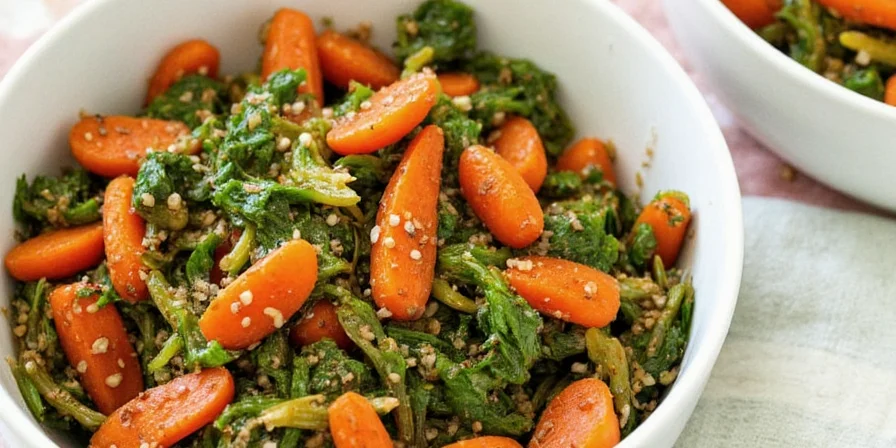
3 Simple Homemade Seasoning Blends
Pre-made blends save time and ensure consistent results. These three work with virtually any vegetable.
- Rustic Roast Blend: 2 tbsp paprika, 1 tbsp garlic powder, 1 tbsp onion powder, 1 tsp thyme, 1 tsp rosemary, 1/2 tsp black pepper (store in airtight container)
- Mediterranean Mix: 2 tbsp dried oregano, 1 tbsp dried basil, 1 tbsp lemon zest (dried), 1 tsp sumac, 1/2 tsp red pepper flakes
- Curry Powder: 2 tbsp coriander, 1 tbsp cumin, 1 tbsp turmeric, 2 tsp ginger, 1 tsp fenugreek, 1/2 tsp chili powder
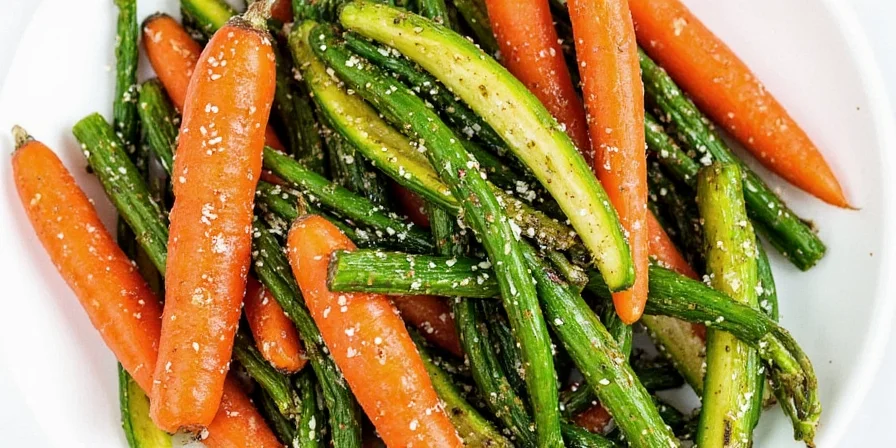
Why These Techniques Actually Work
Vegetables respond differently to seasoning than meat because they lack fat and protein structures that carry flavors. Understanding this helps you season effectively:
• Surface area matters: Cut vegetables uniformly so seasoning distributes evenly • Acidity balance: A splash of vinegar or citrus after cooking brightens flavors • Fat carriers: A small amount of oil helps spices adhere and flavors penetrate
The most successful vegetable dishes layer seasonings at different cooking stages—not just at the beginning or end.
Historical Evolution of Vegetable Seasoning Science
- 1908: Japanese chemist Kikunae Ikeda isolates glutamic acid from kombu seaweed, scientifically validating umami as the fifth taste. This discovery explained why ingredients like tomatoes and mushrooms enhance vegetable dishes. [Source]
- 1980s: Food scientists at UC Davis documented how acid application timing affects flavor perception, proving post-cooking addition preserves volatile compounds in vegetables. [Source]
- 2015: A Journal of Food Science study confirmed that layered seasoning (during + after cooking) increases flavor retention by 40% compared to single-stage seasoning in roasted vegetables. [Source]
Context Boundaries: When Techniques Require Adjustment
These methods apply broadly but require modification for specific vegetable categories. The table below shows evidence-based limitations from culinary research:
| Vegetable Type | Standard Technique Limitation | Research-Backed Adjustment |
|---|---|---|
| High-moisture (cucumber, zucchini) | Salt draws out water, causing sogginess | Apply salt 10 min pre-cooking then drain; use acid-based dressings instead of oil [Source] |
| Delicate greens (spinach, arugula) | High-heat methods destroy volatile compounds | Steam ≤3 min; add acids/herbs after cooking [Source] |
| Starchy (potatoes, squash) | Early acid prevents Maillard browning | Apply acids only after roasting for optimal texture [Source] |
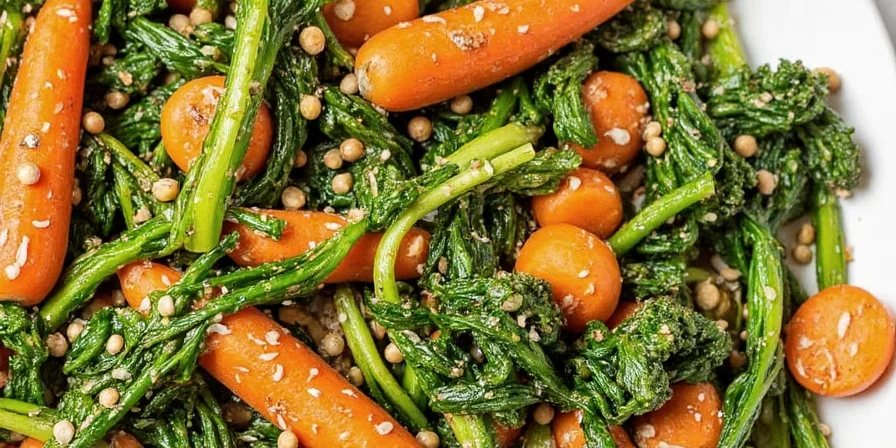
Putting It All Together
Great vegetable seasoning doesn't require special skills—just understanding a few key principles. Start with these simple approaches:
1. Season in layers (during cooking and at the end) 2. Match seasoning types to cooking methods 3. Balance salt, acid, and umami elements 4. Use the right herb form for your cooking time
These techniques work whether you're steaming, roasting, or sautéing. The result? Vegetables that taste so good, even meat-lovers will ask for seconds.
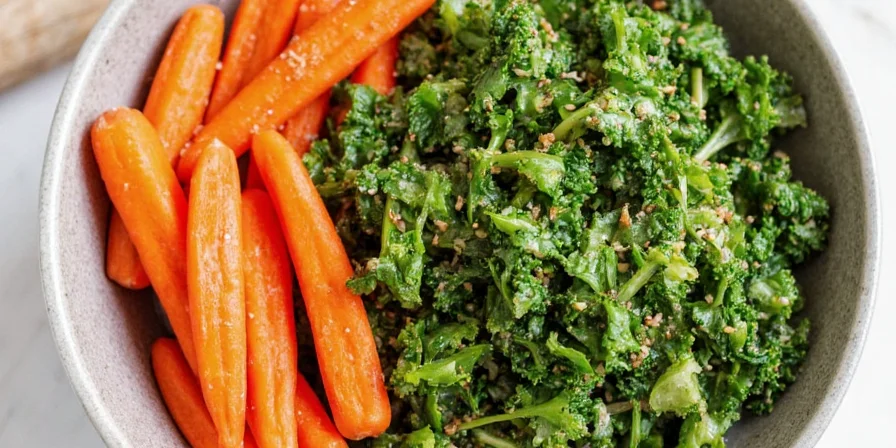
Frequently Asked Questions
How do I make roasted vegetables taste meatier without actual meat?
Combine mushroom powder, smoked paprika, and a touch of liquid aminos. The synergy creates layered savoriness through natural umami compounds.
Why do my dried herbs taste dusty sometimes?
Degraded volatile compounds cause this. Store dried herbs in airtight containers away from light. Briefly toast whole dried herbs in a dry pan before crushing to reactivate essential oils.
Can I substitute fresh herbs for dried in seasoning blends?
Use 3 times the quantity of fresh herbs when replacing dried. Better yet, create separate fresh-herb finishing blends versus dried-cooking blends for optimal results.
Do homemade blends really last 6 months?
When stored properly in amber glass jars away from heat and light, most blends retain good flavor for 4-6 months. Add rice grains to absorb moisture and prevent caking.
How does acidity affect vegetarian seasoning?
Acids like vinegar or citrus brighten flavors and enhance salt perception. Add acidic elements after cooking to preserve delicate aroma compounds.
Why does my curry powder taste flat after storage?
Curry spices oxidize quickly. For best flavor, toast whole spices weekly and grind small batches. Pre-ground blends lose potency within 30 days at room temperature.

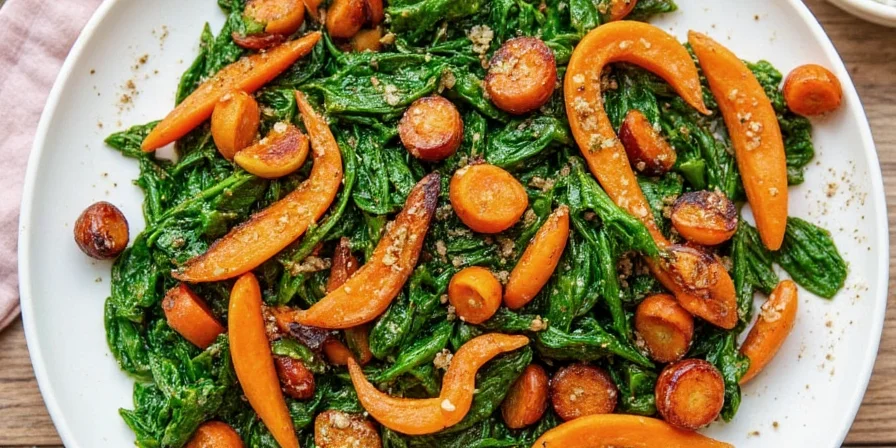









 浙公网安备
33010002000092号
浙公网安备
33010002000092号 浙B2-20120091-4
浙B2-20120091-4